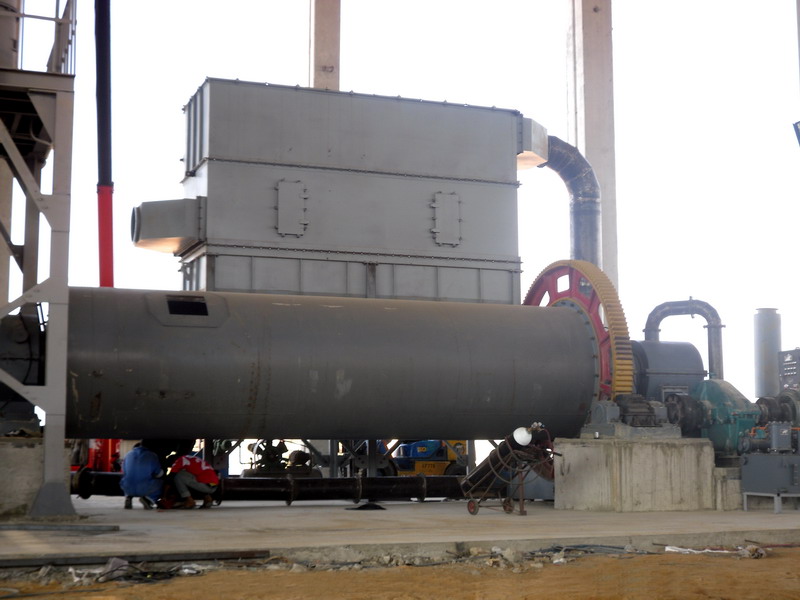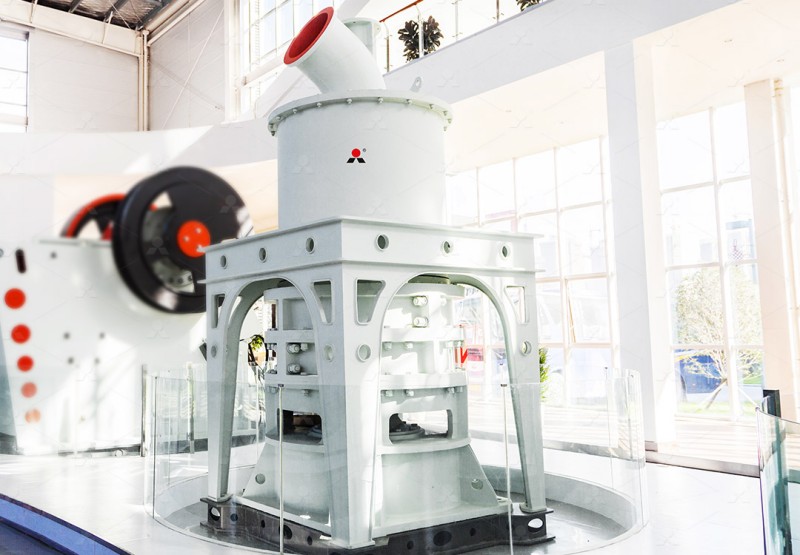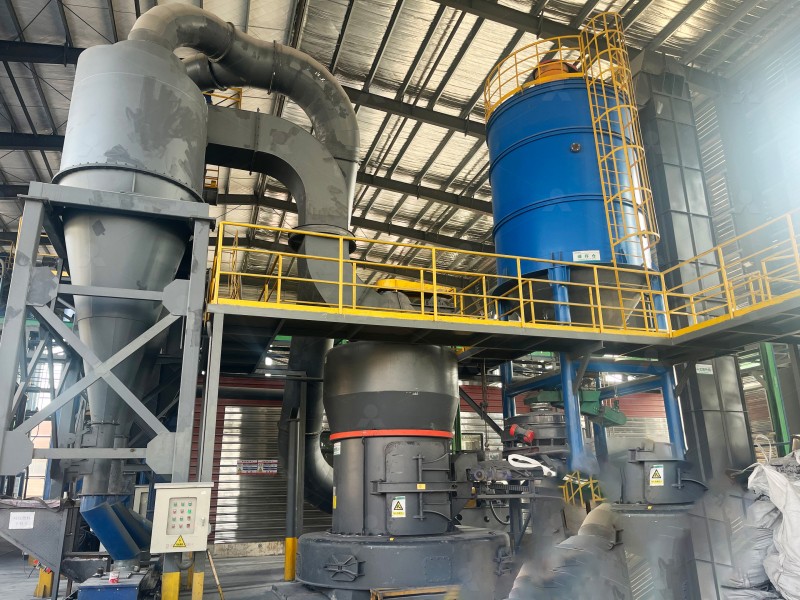Types of Grinding Mills Used in Mineral Processing Plants: A Comprehensive Guide
Types of Grinding Mills Used in Mineral Processing Plants: A Comprehensive Guide
Mineral processing plants rely heavily on grinding mills to reduce particle size and liberate valuable minerals from ore. The choice of grinding mill depends on factors like feed size, capacity, energy efficiency, and desired fineness. Below, we explore the most common types of grinding mills used in the industry, along with their applications and advantages.
1. Ball Mills
Ball mills are one of the oldest and most widely used grinding equipment in mineral processing. They consist of a rotating cylindrical shell filled with grinding media (usually steel balls). The material is fed into the mill and ground by the impact and attrition forces generated as the balls cascade.
Applications: Cement, coal, power plant desulfurization, metallurgy, chemical industry, non-metallic minerals, ceramics.
Advantages: Lower investment cost, simple structure, suitable for both wet and dry grinding.

2. Raymond Mills
Raymond mills are a type of roller mill commonly used for fine grinding of non-metallic minerals. They utilize a central vertical shaft with grinding rollers that press against a rotating grinding ring.
Applications: Limestone, calcite, barite, dolomite, marble, talc, gypsum.
Advantages: Compact design, low energy consumption, easy maintenance.
3. Vertical Roller Mills (VRM)
Vertical roller mills are highly efficient grinding systems that integrate crushing, drying, grinding, and classification in a single unit. They are widely used in cement and mineral processing plants.
Applications: Limestone, slag, coal, phosphate rock.
Advantages: 50% less floor space than ball mills, 30-40% lower energy consumption, excellent drying capability.
4. Ultrafine Grinding Mills
For applications requiring extremely fine powders (d97 ≤ 5μm), ultrafine grinding mills like our MW Ultrafine Grinding Mill are the ideal solution. This advanced mill features:
- Adjustable fineness between 325-2500 meshes
- 40% higher capacity than jet mills
- 30% lower energy consumption than conventional mills
- Eco-friendly operation with pulse dust collector
Applications: Limestone, calcite, dolomite, talc, barite, cosmetics, pharmaceuticals.

Another excellent choice for ultrafine applications is our LUM Ultrafine Vertical Grinding Mill, which combines German powder separation technology with Taiwan roller technology for exceptional performance.
5. European Trapezium Mills
The MTW series mills feature advanced designs like:
- Dilute oil lubrication system
- Elastic volute damping structure
- High-efficiency cage-type powder concentrator
These mills offer excellent grinding efficiency for medium-hard materials.
Choosing the Right Grinding Mill
When selecting a grinding mill, consider:
- Feed material characteristics (hardness, moisture content)
- Required product fineness
- Production capacity needs
- Energy efficiency requirements
- Space constraints
For operations requiring the finest powders with maximum efficiency, our MW Ultrafine Grinding Mill stands out with its innovative design and superior performance. Its unique features like the German-designed cage-type powder selector and eco-friendly operation make it an excellent investment for modern mineral processing plants.

Whether you need coarse grinding or ultrafine powder production, understanding these different mill types will help you select the most appropriate equipment for your specific mineral processing requirements.
